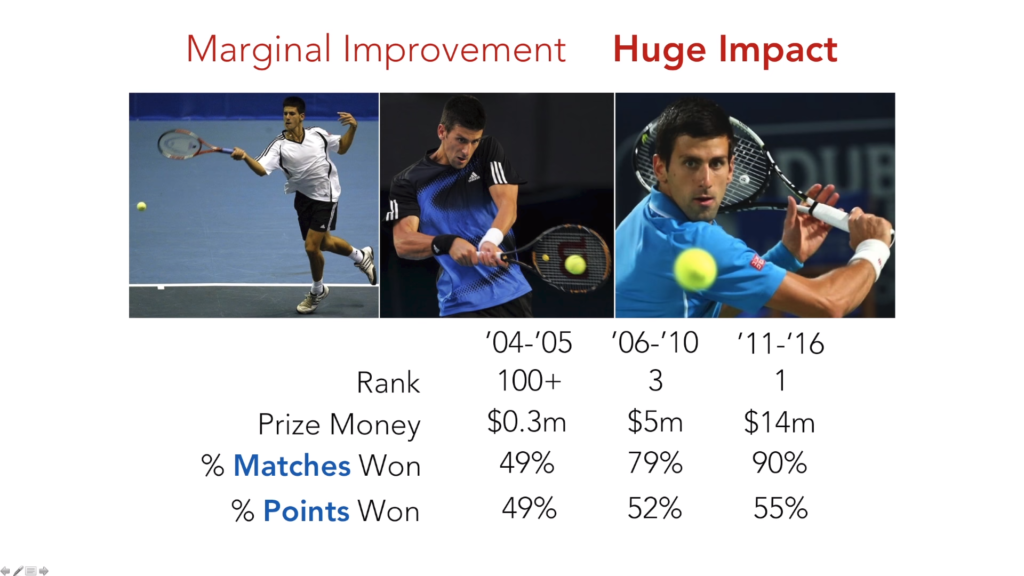Here at Pine Property, we often work with people who wish to commence, relocate or grow a business. Many quickly follow through on their goals, while others are still in the same position years later. We set out to discover how best to turn your dreams into reality.
A common trait of successful people and those who follow through on resolutions or commitments is their dedication to strategic goal setting and planning.
Broadly, goal setting involves making a list of specific, measurable and detailed goals – and identifying the underlying motivation of those goals – in the short, medium and long term.
You should then work backwards to identify what actions you need to take today, this week, this month and this year to achieve those goals.
You should also ensure you constantly celebrate the steps you take on your journey to achieve your goals and the milestones you make along the way.
Without this roadmap your goals are a distant far-off vision and not relevant to what you are doing right now.
There are many guides and workbooks for goal planning and most are similar in their structure. Renowned motivational speaker, Brian Tracy’s formula is:
- Decide exactly what you want. Write it down clearly and in detail. Make the goal specific and measurable.
- Set a deadline for achieving the goal. If it’s a large goal, break it down into smaller elements.
- Identify what you need to do along the way to achieve the goal and in what order.
- Create an action plan based on step three. Focus on the order and priorities you’ve identified.
- Identify obstacles and how to remove them. You might need to upskill, or reach out to a specialist or arrange a housekeeper to free up time.
- Immediately take action towards achieving your goal. Anything. No matter how small. Do it now (see the incredible example below from Stephen Duneier)
- Do at least one thing every day that moves you closer to your goal.
Tracy cautions against listening to naysayers and encourages you to surround yourself with positive people and to ask them for help while you also help others.
Importantly he cites obstacles as valuable and inevitable steps to success and says they must be embraced.
“The difficulties come not to obstruct but to instruct,” he says.
He also says failure should not be an option, but that you should be flexible about the process of achieving your goal, to accept feedback and be willing to change course.
Small changes = Big differences
Showing how a marginal improvement in processes can lead to significant life-changing impacts is the excellent Ted Talk below from cognitive scientist and serial winner Stephen Duneier.
In it he cites tennis legend Novak Djokovic, who in 2004 was ranked 680th in the world and was winning 49% of his points and 49% of his matches.
By 2007 he was winning only 3% more points. However this translated to him winning an astounding 30% more matches – 79%.
Another 3% increase by 2011 to 55% of points won saw him win 90% of his matches and become the world’s best tennis player.

Duneier says the only thing Novak can control is “the tiny little decisions that he needs to make” to win points.
“What stands between us and achieving even our most ambitious dreams, has far less to do with possessing some magical skill or talent and far more to do with how we approach problems and make decisions to solve them.”
“You have to break this big ambitious goal down into these more manageable decisions. The types of decisions that need to made correctly along the way in order to improve the odds of achieving the type of outcome you desire.”
“If you don’t make the right decision on the couch, there is no decision that occurs at the top of the mountain.”
Business applications:
Now imagine applying Duneier’s methodology to your business. Imagine increasing your output by only 3% and achieving 30% more sales. While the numbers are not strictly transferable, the concept is. By making small changes, by taking consistent steps, you WILL achieve significant results.
The dark side of goals in business:
While goal setting has been consistently demonstrated to drive positive behavior and improve performance, some believe goals may be harmful if not managed correctly.
A 2009 paper by Harvard Business School title Goals Gone Wild argues that unwanted side effects of goal setting in business can cause a number of problems if the goals are:
Too specific: focus attention so that people overlook other important elements of a task.
Too narrow: blind people to important issues that appear unrelated to their goal.
Too many: individuals with multiple goals are prone to concentrate on only one goal.
Inappropriate time horizon: goals emphasising immediate performance increases can lead to short-term behavior that harms long term outcomes.
Too challenging: Common thinking around goals is that they should be “Stretch Goals”: challenging to inspire effort, commitment, and performance but not so challenging they are out of reach. However this can lead to shifting risk attitudes, promoting excessive competition and unethical behavior, and triggering the psychological cost of failure.
They conclude that goals in business should be managed carefully with consideration of harmful side effects.








